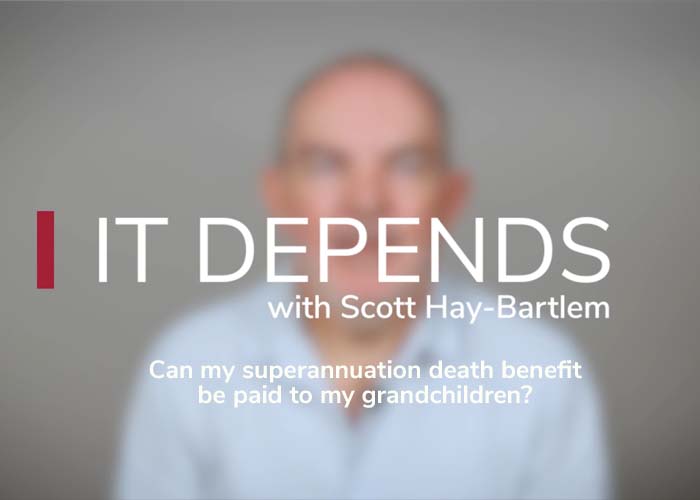Authored by: Phil Vickery and Maddie Harte
The new Franchising Code recently took effect, introducing some important reforms to Australia’s franchising laws. Non-compliance can result in significant penalties, so it is important for franchisors to understand and ...




